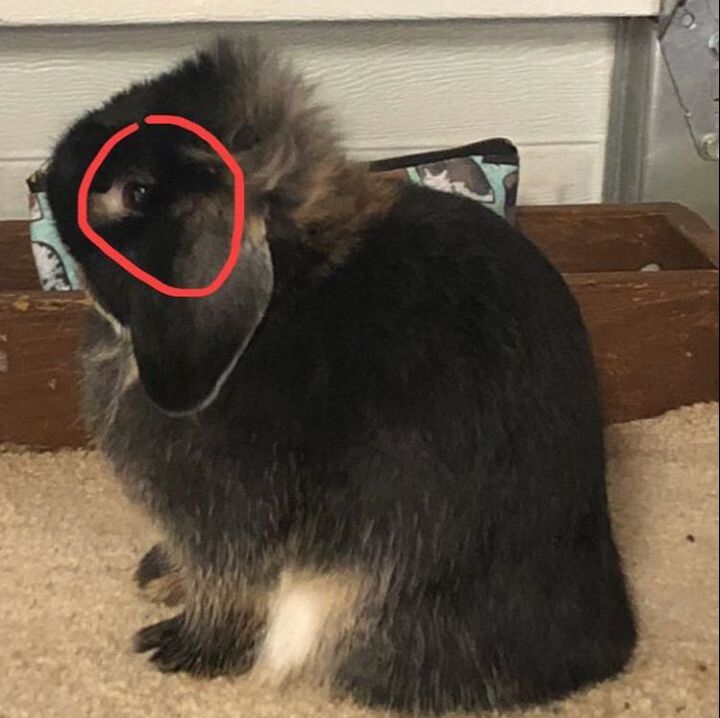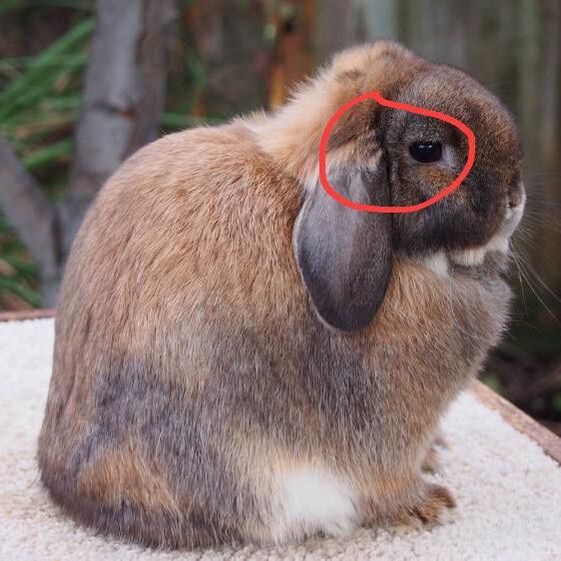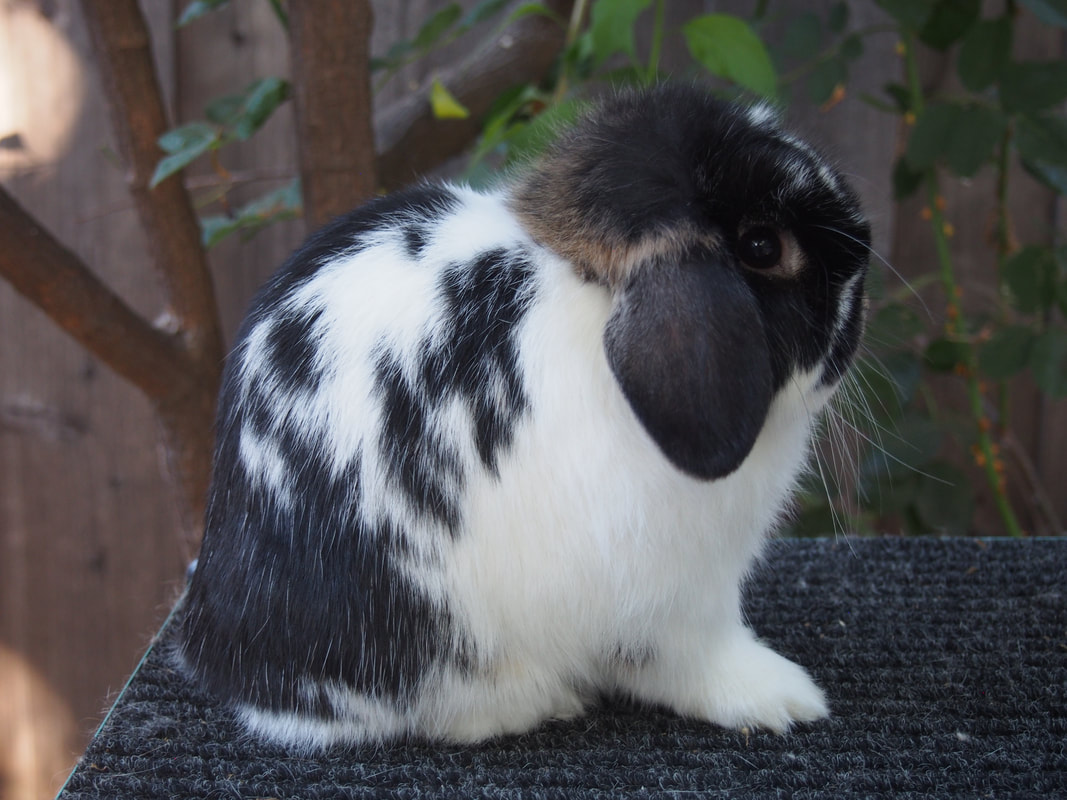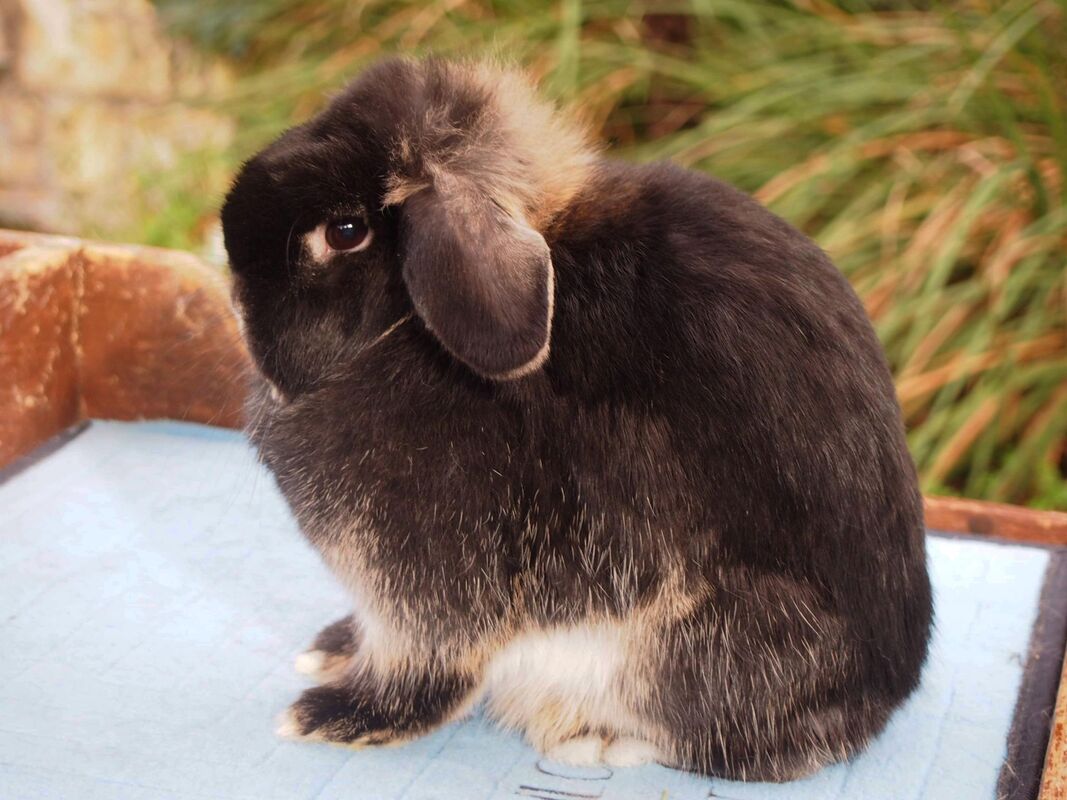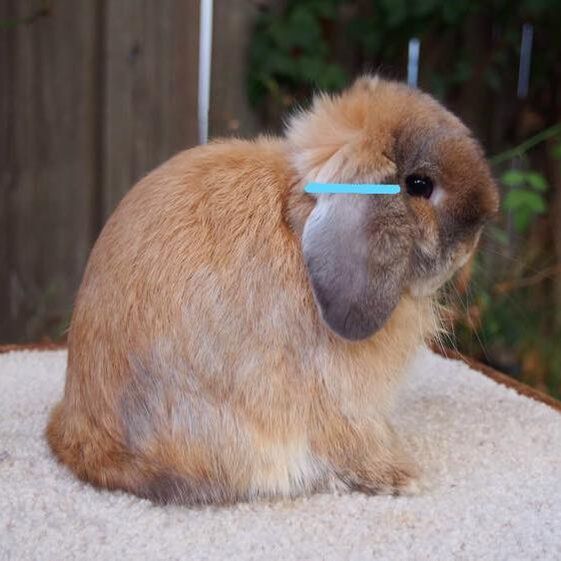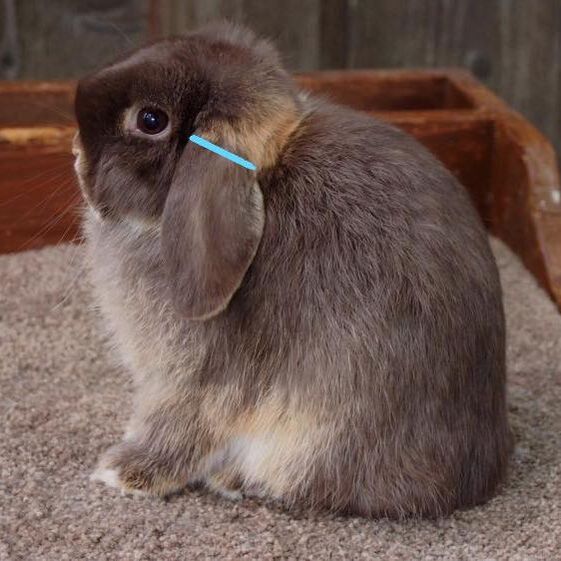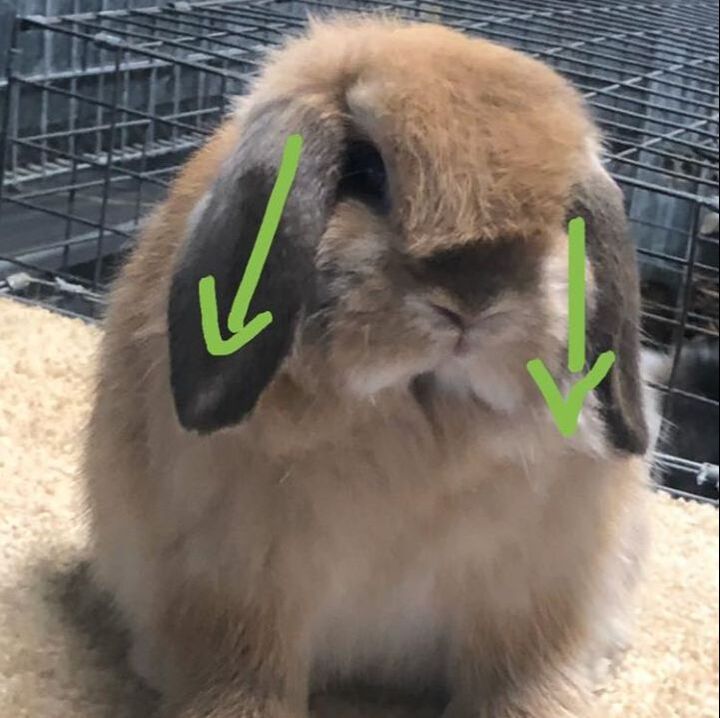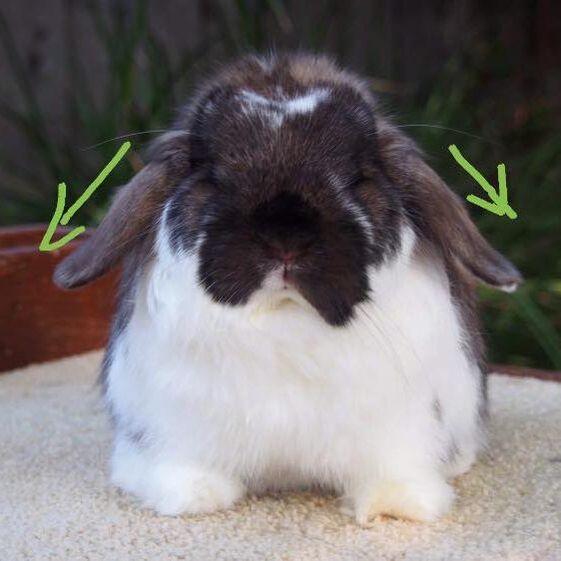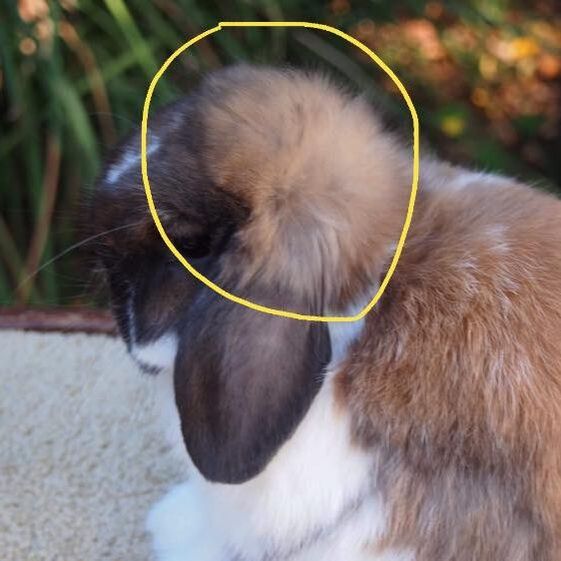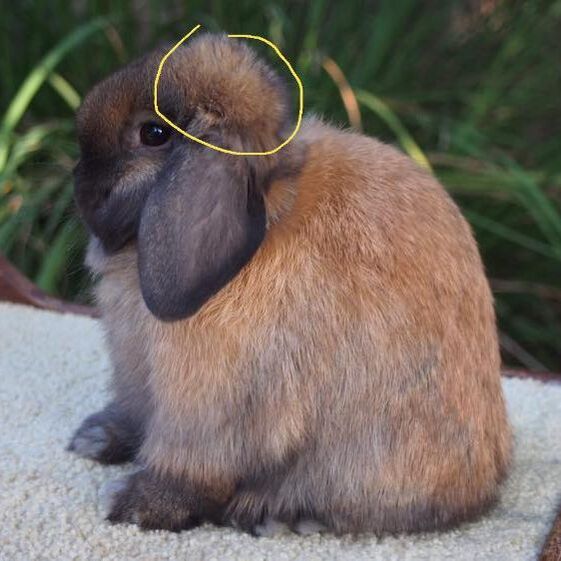This is a topic many struggle to understand, so I figured I’d talk a little about it! The term 'crown' refers to a strong ridge of cartilage and fur from which the ears hang on some lop breeds, including Hollands. It is worth 8 points in our breed. Crowns are frequently misunderstood by both breeders and judges alike, not only in evaluation, but proper use of terminology. Hopefully this article will shed a little light on both!
Something that a lot of people online will tell you is that crowns (and HEC in general) are an easy fix. This is unfortunately not entirely accurate. If it was, then everyone would have stellar crowns. The same is true of almost any fault. Nothing is truly an 'easy fix' - everyone's herd and genetics are different.
Crown is most easily understood when broken down into its different dimensions: placement, front-to-back width, side-to-side width, and depth/definition. Let's take a look at each of these dimensions individually:
1. Crown placement
This refers to where the crown is placed on the head. The crown should be placed so that the ear hangs directly behind the eye without any space. If there is any space between the ear and eye, this is called a slipped crown.
Something that a lot of people online will tell you is that crowns (and HEC in general) are an easy fix. This is unfortunately not entirely accurate. If it was, then everyone would have stellar crowns. The same is true of almost any fault. Nothing is truly an 'easy fix' - everyone's herd and genetics are different.
Crown is most easily understood when broken down into its different dimensions: placement, front-to-back width, side-to-side width, and depth/definition. Let's take a look at each of these dimensions individually:
1. Crown placement
This refers to where the crown is placed on the head. The crown should be placed so that the ear hangs directly behind the eye without any space. If there is any space between the ear and eye, this is called a slipped crown.
Here's a more recent edit I've made to this article. The height of the ear base is another factor in overall placement of the crown. An ear that is placed too high up on the head will often wing backwards even if it is in fact located close to the eye (from front to back).
2. Front to back width of crown
This goes hand in hand with ear shape. If the crown has good front to back width, it will open up the ear base and create a wider ear shape. If it has poor front to back width, it will close off the ear base and create a narrow, folded ear.
3. Side to side width of crown
This is what separates lops from all the other breeds. Proper side to side width of crown creates fully lopped ears in a “horseshoe” shape when viewed from the front. Any lack of side to side width causes the ears to wing upward. If both ears are above horizontal, this is a DQ.
Side note: Typically, Hollands with shorter bodies tend to have tighter crowns. This is not always the case, but it is very frequently. However, given that body is worth so many more points than crown, I personally prioritize shorter bodies over side-to-side width of crown.
4. Depth of crown/crown definition
Crown depth is made up of two things: fur and cartilage. Both should be assessed. Depth means how tall it is up and down. It should be deep and prominent. The crown should also have enough fur to create definition, which basically means it should be as bold and fluffy as possible.
One last pic!
This doe’s ears are not hanging horizontally. She’s pointing them forward. At first glance she may seem like she’s got good crown placement, but now visualize pulling the ear down vertically. This would create a gap between her ear and eye, which means she does indeed have a slipped crown!
That's it for now!
